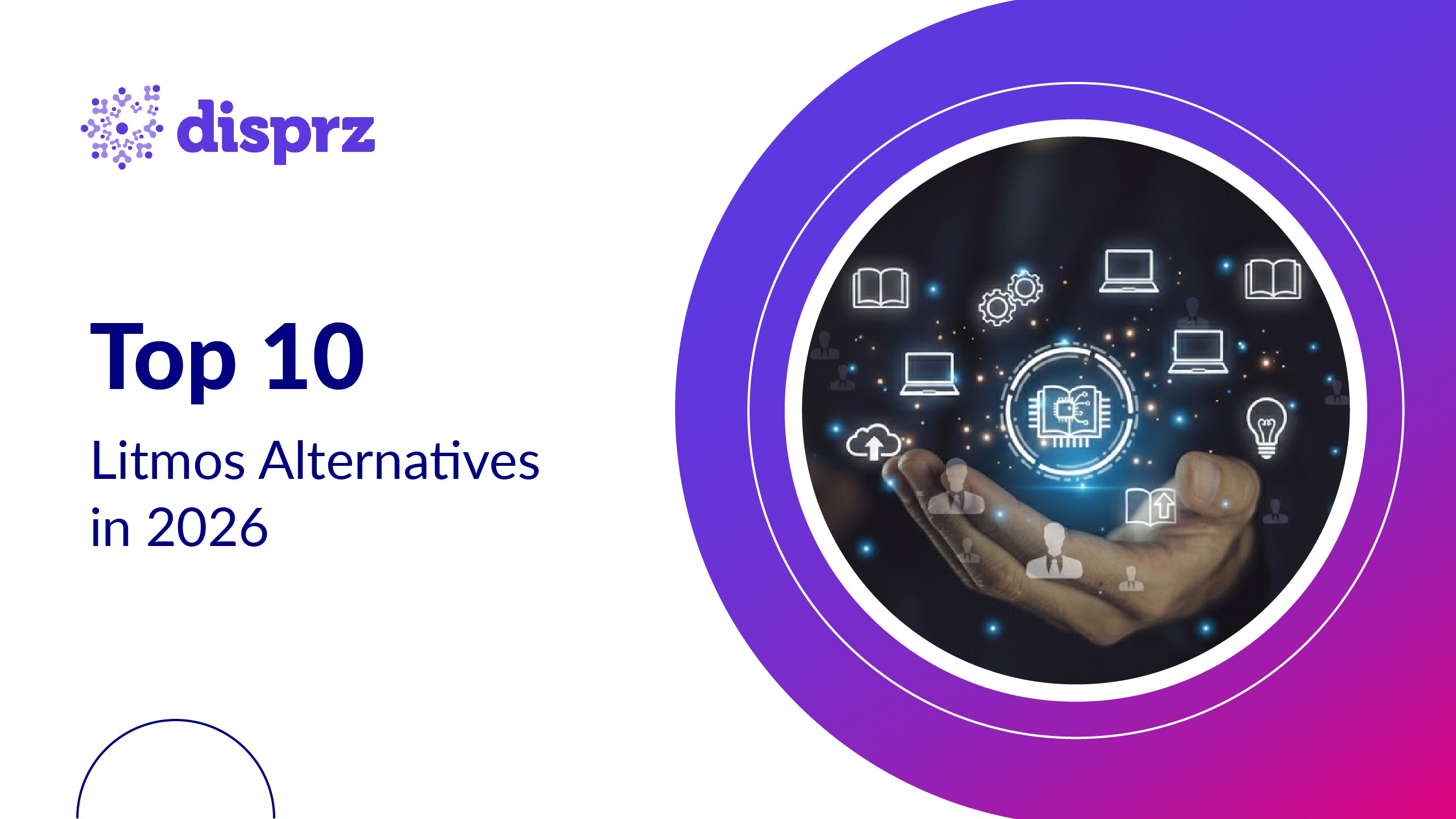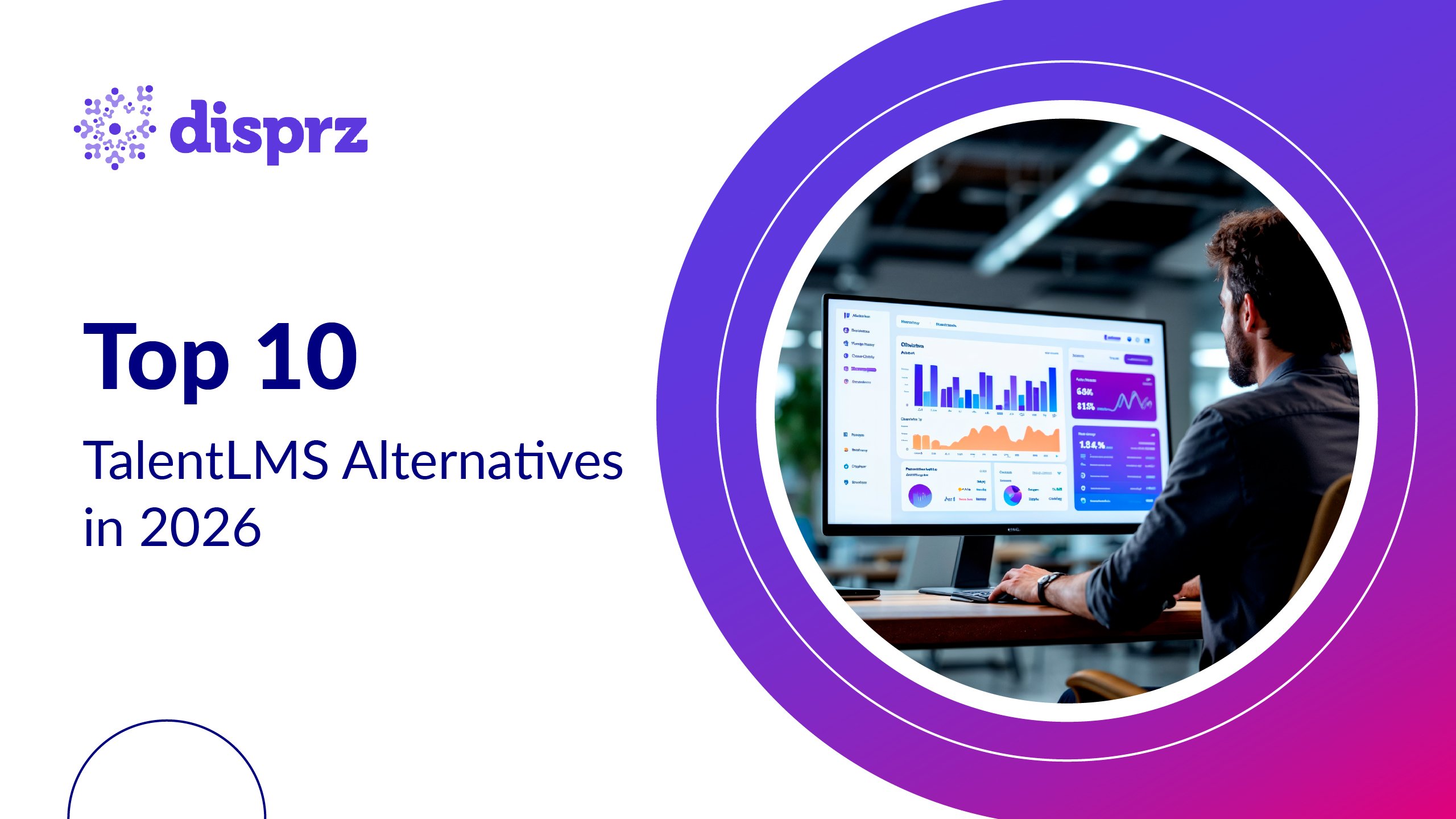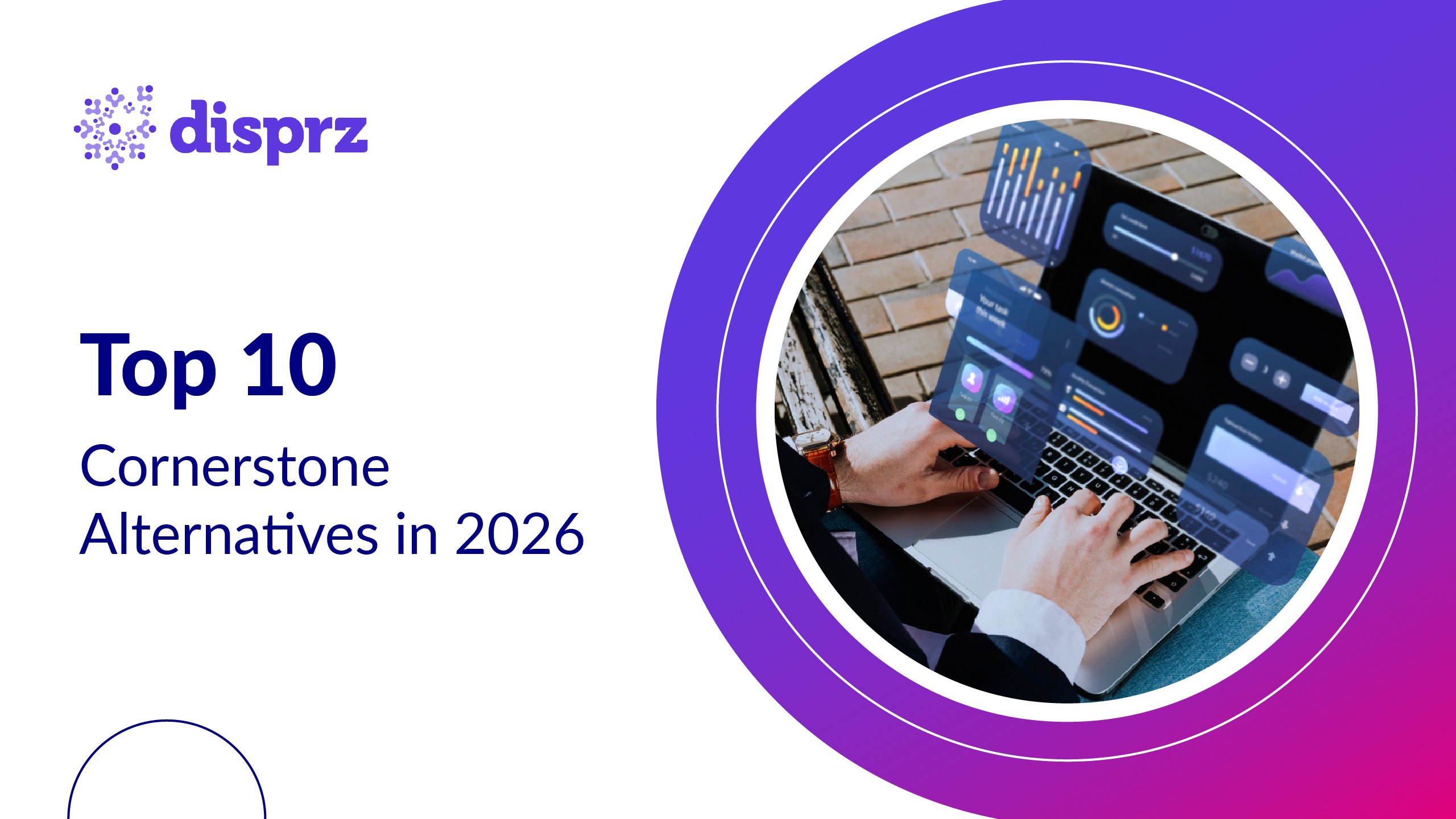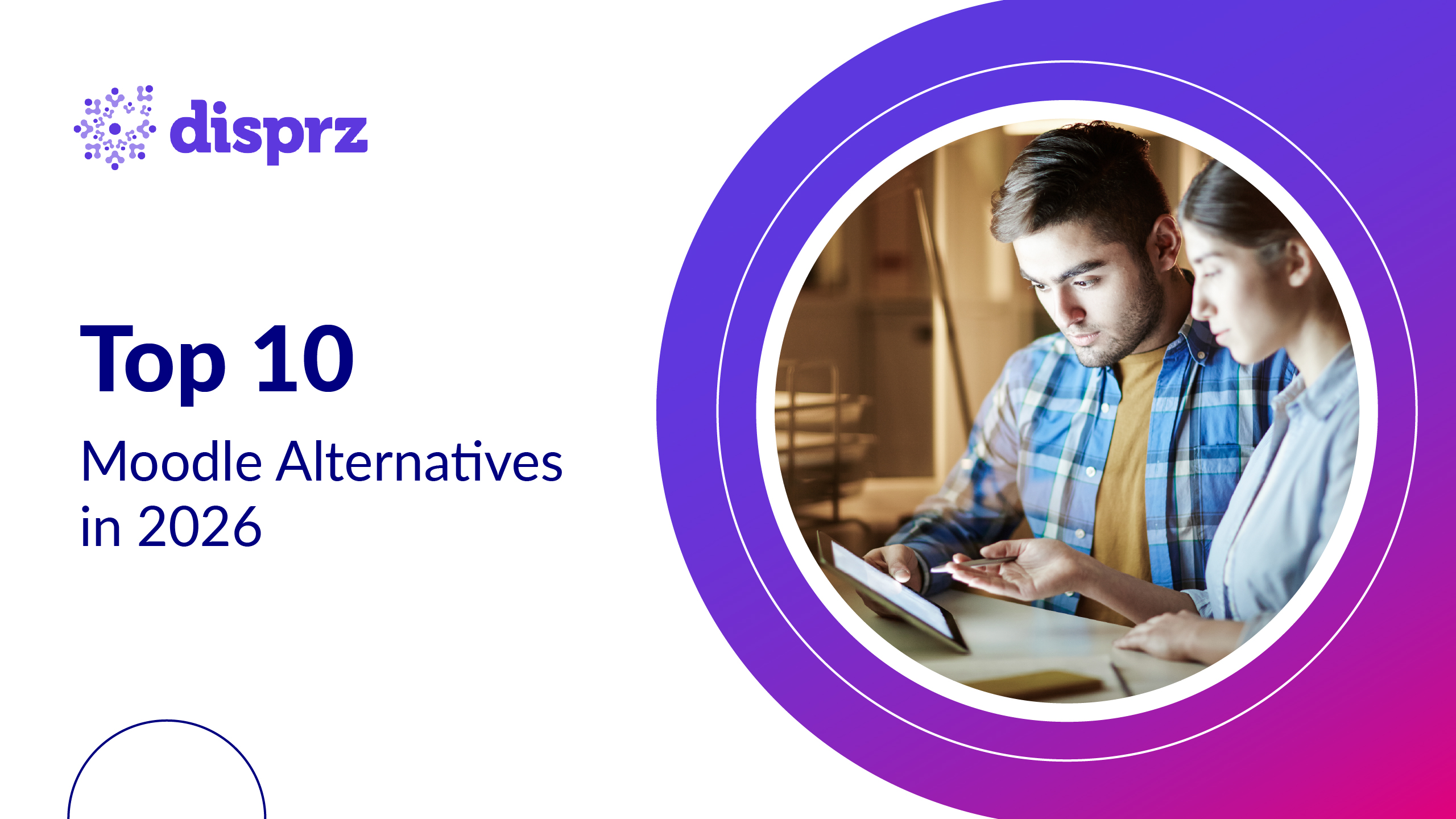The pace of change in the world of work over the last five years has been nothing short of seismic. From how teams collaborate to how individuals learn and evolve, the workplace has been completely redefined by AI, automation, and the surge of digital transformation. And in rapidly advancing markets like Indonesia, these shifts are even more pronounced. With AI and digital transformation expected to create 20 to 45 million new jobs in Indonesia by 2030, organizations are under immense pressure to rewire how they develop skills, build capabilities, and stay future-ready.
This brings us to a critical question: Is your learning management system (LMS) actually helping employees learn, or is it just training them? Because there’s a big difference.
If your LMS only tracks course completions and learning hours, you’re not enabling growth; you're auditing it. That’s a clear sign you’re operating on a legacy or traditional LMS, tools built for a different time, when compliance was the goal and personalization was a luxury. These platforms often function as static content repositories, offering generic, one-size-fits-all training that checks boxes but fails to build real-world capability.
But the world has shifted, and so must your learning strategy. In Indonesia’s fast-changing job market, where agility and innovation are non-negotiable, sticking with outdated systems means leaving your workforce underprepared. Today’s talent expects relevant, personalized, mobile-first learning that adapts to their needs and delivers a measurable impact.
It’s no longer about hosting content. It’s about activating potential. And that requires a modern, AI-powered learning platform that moves beyond tracking activity to building the skills that drive performance.
Today’s modern LMS platforms go beyond content hosting; they intelligently recommend learning paths, provide real-time progress tracking, and even anticipate future training needs based on industry trends.
Here we’ll explore the 5 top LMS platforms in Indonesia 2025, diving into their features, pricing, and reviews to help businesses make an informed choice.
Why do you need a modern LMS in Indonesia?
Indonesia’s digital economy is accelerating fast, powered by national initiatives like Making Indonesia 4.0 and the Digital Literacy Movement. But traditional LMS platforms haven’t kept pace. They were built for static, compliance-based training, offering little flexibility, no personalization, and zero insight into skill readiness.
To stay competitive, Indonesian organizations must upgrade to modern, AI-powered learning platforms, tools that don’t just host content but drive continuous upskilling, boost productivity, and align learning with business growth.
Here’s what a modern LMS offers:
A Faster Way to Close the Digital Skills Gap
AI, data analytics, and emerging tech skills are in high demand in Indonesia, but most employees don’t have the right training. A modern LMS delivers personalized, outcome-driven learning programs, helping people gain job-ready skills quickly and effectively. With Indonesia’s digital economy growing fast, this isn’t just an option; it’s a must-have.
Training That Fits a Mobile-First Workforce
With four out of five people having access to the internet in Indonesia, learning can’t be tied to a desk. A mobile-friendly LMS allows employees to train anytime, anywhere: on their phones, between meetings, or even on the go. More access means higher engagement and better learning outcomes.
But, accessibility isn’t just about devices but also language. A learning management system with Bahasa support ensures that employees learn in their native language, making training more intuitive, increasing comprehension, and driving higher completion rates. When learning feels natural, employees are more likely to retain knowledge and apply it effectively in their roles.
Support for Indonesia’s National Upskilling Movement
The Indonesian government is working to train 9 million digital talents by 2030, partnering with major tech players to build AI and cloud computing skills. Organizations that embrace a modern LMS can align with these initiatives, tap into government-backed programs, and future-proof their workforce.
Lower Training Costs, Higher Impact
Flying trainers across cities, booking venues, and running in-person workshops is expensive and inefficient. A cloud-based modern LMS eliminates these costs, making learning more scalable and accessible without breaking the budget.
Real Learning, Real Business Results
Legacy LMS platforms mostly track learning hours and course completions. But a modern LMS measures detailed learning progress specific to job roles and its potential business impact. With real-time analytics and AI-driven insights, Organizations can see exactly how training improves productivity, performance, and retention.
Top 5 LMS Platforms in Indonesia 2025
1) Disprz
Disprz is a GenAI-powered transformational learning and skilling platform for every collar of the workforce - be it knowledge workers or frontline staff. With its mobile-first, AI-driven approach, Disprz enables organizations to go beyond static training and build a truly adaptive, performance-linked learning ecosystem. It empowers organizations of all sizes and key industries to align workforce development with business objectives, scale learning seamlessly, and drive measurable impact on productivity, career growth, and employee retention.
Key Features that Disprz offers:
Goal-oriented Learning
Designed to deliver measurable outcomes that directly impact business performance, ensuring employees gain the skills needed to thrive in Indonesia’s rapidly evolving job market.
Adaptive, Multi-Channel Learning
Offers a versatile learning experience that adapts to individual learner needs and supports various content delivery channels. Additionally, the platform offers Bahasa support, making training accessible to a diverse workforce and improving engagement across different regions.
Performance-Centric Learning
Designed to align learning with organizational goals, ensuring that employees acquire skills that directly contribute to their roles.
Interactive UI/UX
Provides an intuitive user interface and experience, making it easy for both administrators and trainers to navigate the platform and engage learners.
Multi-Format Blended Learning
Supports a mix of learning formats, including videos, assessments, and interactive content, to cater to diverse learning preferences.
Comprehensive Analytics & Reporting
Equipped with robust analytics tools to track learner progress, measure training impact, and optimize learning strategies based on real-time data.
Seamless Integrations
Disprz seamlessly integrates with leading HRMS (Keka, SAP SuccessFactors, Workday, Zoho People), CRM and sales platforms (Vymo, Salesforce, Leadsquared), helpdesk solutions (Freshdesk, Zoho Desk), and communication tools (Zoom, Microsoft Teams, Google Meet). These integrations ensure a unified learning experience, syncing employee data, aligning training with performance metrics, embedding learning within support systems, and enabling live, interactive sessions.
Ratings
As of the latest available data, Disprz holds the following ratings:
G2: 4.5/5
Capterra: 4.7/5
Pros
-
Easy to use, highly customizable, and supports mobile and offline learning; ideal for organizations with distributed teams.
-
AI-driven learning recommendations and skill assessments enhance engagement and training effectiveness.
Cons
Some advanced features require customization, depending on specific organizational needs.
Pricing
Disprz offers a range of flexible and scalable pricing plans designed to meet the diverse needs of organizations of all sizes. The platform provides customizable tiers that can be tailored to suit both growing businesses and established enterprises.
To get detailed pricing information that aligns with your specific organizational requirements, book a meeting today.
2) Cornerstone Ondemand
Cornerstone OnDemand is a long-standing, enterprise-grade learning management system that forms part of a broader HCM suite. It is widely used by large, global organizations that require scale, compliance rigor, and integration across learning, performance, and talent management.
Key Features
-
Centralized learning content and learner data management
-
Advanced compliance training and audit tracking
-
Learning analytics and basic performance insights
-
Mobile-enabled learning access
Ratings
G2: 4.0 out of 5
Capterra: 4.3 out of 5
Pros
-
Robust feature set supporting enterprise learning, talent, and compliance workflows
-
Strong configuration capabilities for regulated industries
Cons
-
Steeper learning curve and configuration complexity
-
Higher implementation and ownership costs may not suit mid-sized organizations
Cornerstone OnDemand Pricing
Cornerstone follows a customized pricing model based on organization size, feature requirements, and modules selected. Interested buyers are advised to contact the vendor directly for tailored quotes.
3) Moodle
Moodle LMS is a free, open-source learning management system that helps organizations manage and deliver online learning.
Key Features
-
Mobile-friendly access
-
Interactive learning tools
-
Flexible customization options
-
Comprehensive course management
Ratings
G2: 4.1/5
Capterra: 4.3 / 5
Pros
-
Being open-source, Moodle allows full customization, making it adaptable to various training needs.
-
It has a strong global community that continuously contributes plugins and updates, enhancing functionality without additional costs.
Cons
-
The high degree of flexibility can lead to inconsistent course layouts, requiring careful design for a seamless user experience.
-
As a self-hosted solution, organizations may require dedicated IT resources for setup, maintenance, and troubleshooting.
Moodle LMS Pricing
For the most accurate and up-to-date pricing information, including details on solutions and additional features, it is recommended to contact Moodle or visit their official website.
4) Ruangkerja by Ruangguru
Ruangkerja is a corporate LMS developed by Ruangguru, one of Indonesia’s edtech organizations. While Ruangguru is widely known for K-12 learning, Ruangkerja is built specifically for businesses, government institutions, and organizations to train and develop employees effectively. This mobile and web-based platform enables organizations to create, distribute, and track employee training programs.
Key Features
-
Mobile learning
-
Platform customization
-
Leaderboard and Certification
Ratings
G2: N/A
Capterra: NA
Pros
-
User-friendly interface with strong mobile compatibility, making learning accessible anytime, anywhere.
-
Extensive content library and interactive features enhance learner engagement and retention.
Cons
-
Primarily focused on academic learning, which may limit customization for corporate training needs.
-
Limited third-party integrations compared to other LMS platforms, which may affect scalability for large organizations.
Ruangkerja Pricing
For the most accurate and up-to-date pricing information, including details on solutions and additional features, it is recommended to contact Ruangguru or visit its official website.
5) SAP SuccessFactors LMS
SAP SuccessFactors Learning is a cloud-based training platform that helps businesses manage employee development, compliance training, and upskilling at scale.
Key Features
-
AI-powered learning recommendations
-
Compliance and certification tracking
-
Integration with HR and talent management systems
-
Mobile-friendly and multi-device access
Ratings
G2: 3.6 / 5
Capterra: 4.0 / 5
Pros
-
Seamless integration with HR systems, making it ideal for large organizations focused on workforce development.
-
Strong reporting and analytics capabilities help organizations track learning effectiveness and compliance.
Cons
-
Complexity in configuration and navigation may require additional training for administrators and users.
-
Higher implementation and maintenance costs compared to other LMS solutions, making it less suitable for smaller organizations.
SAP SuccessFactors LMS Pricing
Pricing depends on organizational size and required features. For the latest details on plans and implementation costs, visit SAP SuccessFactors' official website.
How to Choose the Right Learning Platform in Indonesia - LMS Buyer’s Guide
As Industry 4.0 reshapes the workforce and Indonesia’s Personal Data Protection Law (UU PDP) enforces stricter compliance, selecting the right LMS is no longer just about training. It’s about ensuring secure, scalable, and effective learning that aligns with business goals, regulatory requirements, and workforce needs. An outdated LMS can lead to disengagement, low knowledge retention, and security vulnerabilities, while a well-chosen modern LMS can drive workforce readiness, enhance productivity, and support continuous learning.
Key Factors to Consider When Choosing an LMS in Indonesia
1) Compliance with Indonesia’s Data Protection Law (UU PDP)
When choosing an LMS in Indonesia, compliance with Indonesian Data Protection Regulations, especially the Personal Data Protection Law (UU PDP), is a must-have, not a nice-to-have. A secure, regulation-compliant LMS safeguards employee data, minimizes legal risks, and builds trust.
Here’s what to look for:
Local Hosting or Secure Cloud Storage: Choose an LMS that stores data within Indonesia or on a secure, region-compliant cloud platform, ensuring compliance with local data sovereignty laws.
Role-Based Access Control (RBAC): Opt for a platform that allows granular access control, ensuring only authorized personnel can view or modify sensitive data.
End-to-End Encryption: Prioritize an LMS that encrypts data both in transit and at rest, protecting it from cyber threats and unauthorized access.
Regular Security Updates & Compliance Certifications: Ensure the LMS provider follows global security best practices, conducts regular security audits, and holds latest certifications for data protection.
2) Mobile-First Learning with Bahasa Indonesia Support
Given that 79.5% of Indonesians access the internet via mobile, an LMS must provide seamless mobile learning through a dedicated app or responsive platform. Bahasa Indonesia support ensures higher engagement, making learning more accessible for a diverse workforce.
3) Customizable Dashboards & User Experience
Different teams and roles require different learning insights. An effective LMS should offer custom dashboards for employees, HR, and managers, allowing easy tracking of progress, certifications, and skill development aligned with business needs.
4) Industry 4.0 Readiness & AI-Driven Learning
Industry 4.0 isn’t a buzzword; it’s a full-blown shift in how businesses operate. It brings together AI, automation, robotics, and data to transform sectors like manufacturing, logistics, and healthcare. And Indonesia is going all-in, with national strategies like Making Indonesia 4.0 leading the charge.
To keep up, your LMS needs to be more than a course library. It must power smart, skills-first learning.
Look for a modern LMS that facilitates:
-
AI-powered skill gap analysis that auto-generates adaptive learning paths based on role, performance, and goals.
-
Automation for recommendations and reporting, cutting manual effort and improving training ROI.
-
Predictive analytics to anticipate future training needs based on tech and industry shifts.
5) Blended Learning & Multi-Format Content Delivery
Indonesia’s workforce is diverse, not just in roles but in how they learn. A modern LMS must cater to multiple learning styles by supporting blended learning. This includes microlearning modules, engaging videos, quizzes, interactive assessments, and simulations. It should also support both instructor-led sessions and self-paced learning. Whether it's bite-sized mobile lessons or in-depth virtual workshops, the ability to mix formats is key to keeping learners engaged and aligned with their individual growth paths.
6) Seamless Integration with Business Tools
Learning doesn’t happen in isolation; it needs to be part of the everyday workflow. Your LMS should integrate effortlessly with the tools your teams already use, such as Zoom, Microsoft Teams, Slack, and local HRMS platforms. This ensures learning becomes a seamless part of your employees’ routines, not a disruptive extra task. SSO (Single Sign-On), calendar syncing, and integration with performance tools also enable smoother onboarding, tracking, and impact measurement across the board.
7) Scalability & Impact on ROI
As your organization expands, your LMS should scale effortlessly, supporting thousands of users without compromising performance. But true scalability goes beyond user capacity; it’s about delivering intelligence at scale. A modern LMS must offer advanced analytics and customizable reports that give L&D leaders visibility into learner engagement, skill progression, and business alignment. This isn’t just about tracking activity; it’s about measuring the return on investment. When your LMS helps tie learning outcomes directly to performance improvements and productivity gains, that’s when you start seeing real ROI.
Based on these critical factors, Disprz emerges as a frontrunner in the modern LMS ecosystem, especially for forward-looking Indonesian organizations. Designed to meet the demands of Industry 4.0, Disprz blends AI-powered personalization, real-time analytics, and multi-format learning into a single, scalable platform. It doesn’t just track learning; it drives capability building, links learning and skilling to business performance, and empowers employees with the right skills at the right time. From seamless integrations to robust mobile learning experiences, Disprz ensures learning is not a standalone function but a strategic lever for organizational growth and ROI.
FAQs
1) What should businesses look for when choosing the best LMS in Indonesia?
Organizations should prioritize LMS platforms that offer AI-driven personalization, multilingual support (including Bahasa Indonesia), mobile-first accessibility, and integrations with business tools. Additionally, scalability, analytics, and compliance with local workforce requirements are essential factors to consider for long-term success.
2) Is an LMS only for large enterprises, or can small businesses in Indonesia benefit from it too
Absolutely! While large enterprises have traditionally been the biggest adopters, modern LMS platforms now cater to businesses of all sizes. Many solutions offer flexible pricing, scalable features, and cloud-based accessibility, making them ideal for small and medium-sized businesses (SMBs) looking to upskill their workforce without heavy upfront investments.
3) With Indonesia’s diverse workforce, how does an LMS cater to different learning preferences?
A modern LMS supports multiple learning formats, including videos, interactive simulations, gamification, and microlearning modules. It also enables blended learning, combining online courses with live instructor-led sessions. By offering personalized learning experiences, businesses can accommodate different generations, skill levels, and learning styles effectively.









